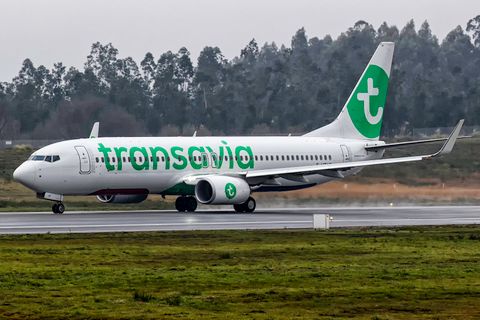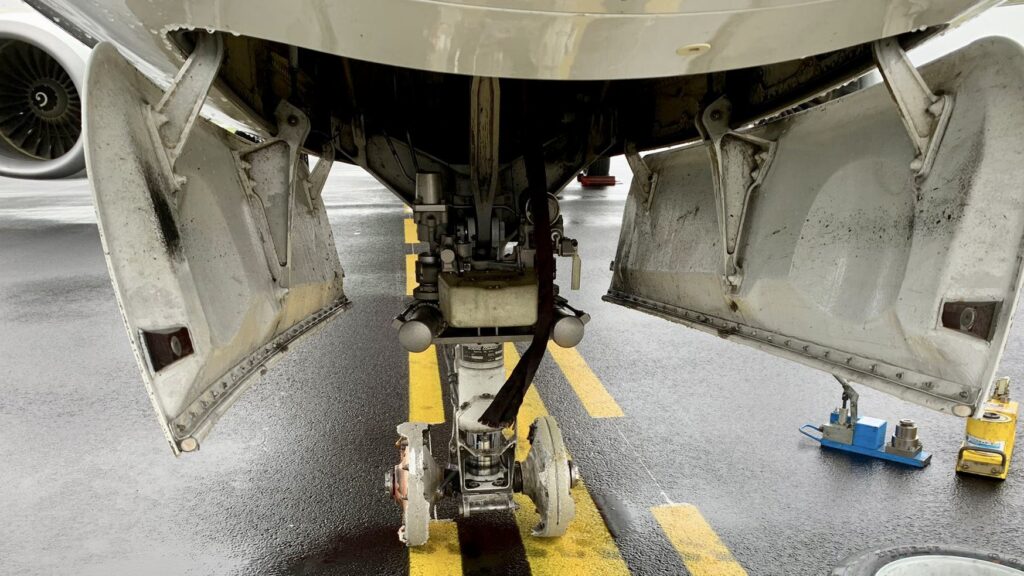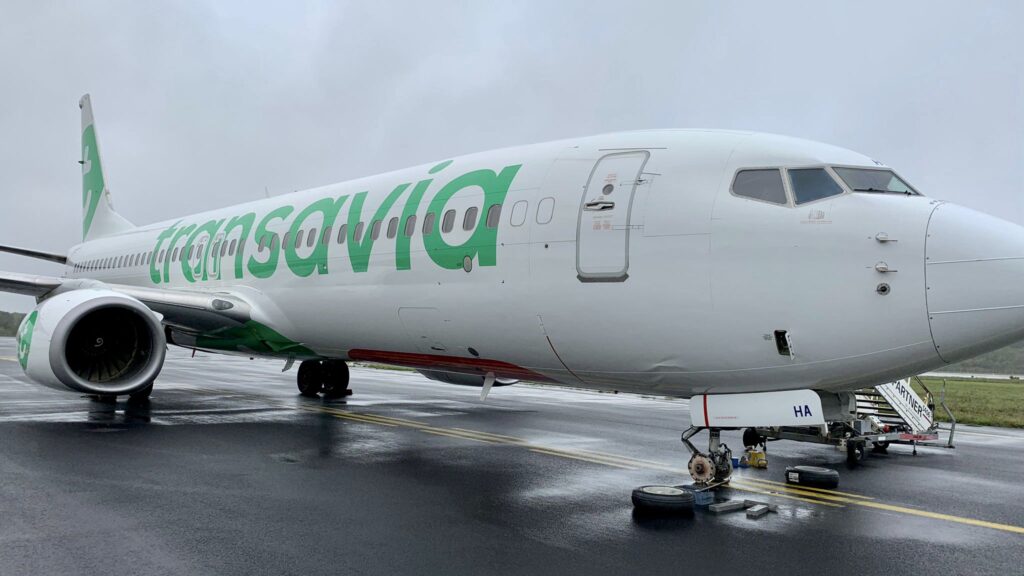A Transavia France Boeing 737 suffered substantial structural damage while landing in Nantes, France. The runway was shut down for two hours to clean debris, and then operations gradually resumed, according to airlive.net. Among the 160 passengers, there were no reports of injury.

From Tunisia’s Djerba Zarzis International Airport, the Boeing 737-800 was operating flight TO3943 (DJE). At 13:06, the fifteen-year-old aircraft, F-GZHA with MSN 34901, landed at Nantes Atlantique Airport (NTE). This tweet demonstrates the plane’s damaged condition, which includes damage to the fuselage, landing gear, and nosegear tyres.
According to the investigation
“When the plane was landing, the two front wheels separated from the landing gear bogies. The 737 was landing when both nose tyres were broken, causing the aircraft to roll out on the nose wheel rims”
according to Aviation HeraldAdvertisement
After leaving the runway, it came to a rest on the taxiway, far from the runway but still carrying some debris. The incident is the subject of an inquiry by the French aviation accident investigator, the Bureau of Enquiry and Analysis for Civil Aviation Safety (BEA).
Transavia France owns 61 Boeing 737-800s, which are currently complemented by three Airbus A320-family aircraft on wet lease agreements, according to fleet and aircraft statistics from ch-aviation.com. A319-100, F-HDSJ from Regourd Aviation, as well as A320-200 (LZ-MDO) and A321-200 (LZ-MDF) from Fly2Sky are among the aircraft that were wet-leased. With 44 leased from 17 lessors, the 737-800s have an average age of little under ten years.
Transavia Boeing 737
The plane that was engaged in the incident has a unique flying pattern that involves frequent transfers between Europe and Canada. According to Planespotters.net, it was originally bound for SpiceJet in India. It was registered as VT-SPN and had a one-class layout with 189 seats, neither of which have changed in the fifteen years that have passed. It was leased from an unnamed lessor and taken up by Transavia France as F-GZHA in May 2007.
Since then, it has run seven times throughout Canada’s northern winter, first from 2010 to 2013 with budget airline CanJet and again from 2014 to 2017 with Air Transat. The aircraft typically departed Transavia France in November and returned in April during the partnership with CanJet, which began in November 2010. In April 2014, the final CanJet rotation saw the 737, which maintained the F-GZHA registration the entire time, return to France. CanJet subsequently ceased operations in 2015.

The aircraft was back in Canada starting in December 2014, this time with Air Transat, which had previously worked as CanJet’s charter partner. In April 2015, it made its way back to Transavia France. In 2016 and 2017, it completed two additional winter rotations with Air Transat. According to Planespotters.net statistics, Transavia France has been in charge of it since April 2018.
Also read:
Follow us on Google News for latest Aviation Updates
Join us on Telegram group
Stay tuned…

